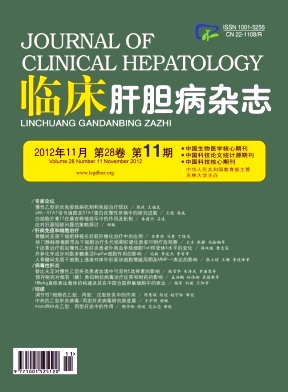Objective To survey the chemical constituents of Salvia miltiorrhiza bunge and characterize their abilities to influence lipopolysaccharide (LPS) -induced activation of Kupffer cells (KCs) .Methods After culturing KCs with 60 ng/ml of LPS for 12 h, the supernatant medium was collected and divided for respective mixing with 100 μg/ml each of the isolated constituents of Salvia miltiorrhiza bunge: neotanshinone B, miltionone, tanshinol A, tanshinone I, isotanshinone I, neotanshinone A, cryptotanshinone, tanshinone IIA, and salvianolie acid B.Untreated supernatant was used as control.The mixtures and control were added to fresh cultures of KCs, respectively, and incubated for 12 h.Effects on cellular proliferation were assessed by MTT assay, on secreted levels of cytokines (TNF α, IL-6, and IL-8) were measured by enzyme linked immunosorbent assay (ELISA) , and on protein expressions of immunity-related receptors (CD14, TLR2, and TLR4) were detected by Western blot.Results Except for neotanshinone B, the Salvia miltiorrhiza bunge chemical constituents inhibited proliferation of KCs.The extent of inhibition varied for each constituent, but tanshinone I, neotanshinone A, and miltionone produced the highest inhibitory rates.LPS stimulation of KCs led to enhanced TNFα, IL-6, and IL-8 expression.Subsequent treatment with neotanshinone B, salvianolie acid B, or tanshinone IIA had no detectable effect on the LPS-induced expression of IL-8.The other constituents, however, inhibited the ability of KCs to secret cytokines, to various degrees.In addition, LPS stimulation of KCs led to increased expression of CD14, TLR2 and TLR4 proteins.Subsequent treatment with neotanshinone B and salvianolie acid B had no effect on LPS-induced CD14;neotanshinone B and miltionone had no effect on LPS-induced TLR2;and neotanshinone B, tanshinone IIA, and salvianolie acid B had no effect on LPS-induced TLR4.The other constituents, however, significantly down-regulated the expression levels of these three receptors.Conclusion With the exception of neotanshinone B, the full panel of Salvia miltiorrhiza burge's chemical constituents can inhibit LPS-induced activation, proliferation, and cytokine secretion of KCs.These effects may be related to the ability of the chemical constituents to decrease LPS-induced protein expression of CD14, TLR2, and TLR4.













 DownLoad:
DownLoad: